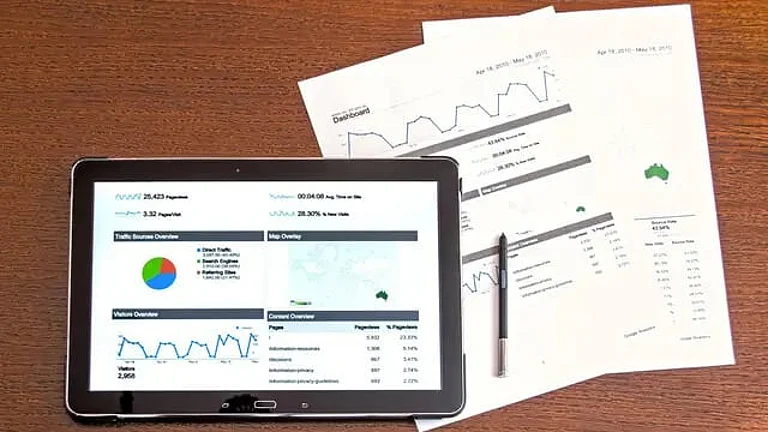A comprehensive motor insurance policy includes two main components: 'Third-Party Liability Cover (TP)' and 'Own Damage Cover (OD)'. Zero depreciation insurance is an optional add-on that is usually purchased alongside the base OD coverage. When a vehicle is insured under a comprehensive policy, the insurer will account for depreciation, meaning that a depreciation amount will be deducted from your claim due to the vehicle's wear and tear over time.
Zero Depreciation Car Insurance: Should You Opt For It
In contrast, with a zero-depreciation add-on, the insurer eliminates the deduction for depreciation during the claims process. If your car is involved in an accident or is stolen, the insurance company will cover the costs of repairing or replacing the damaged parts, without considering their depreciated value
“In contrast, with a zero-depreciation add-on, the insurer eliminates the deduction for depreciation during the claims process. If your car is involved in an accident or is stolen, the insurance company will cover the costs of repairing or replacing the damaged parts, without considering their depreciated value,” says Subhasish Mazumder, head-motor distribution, Bajaj Allianz General Insurance.
This zero-depreciation add-on ensures that you receive the maximum reimbursement for any expenses related to fixing or replacing damaged vehicle components, effectively preventing out-of-pocket costs.
“It provides more complete coverage and enhanced financial protection in the event of a claim. In traditional policies, however, the claim amount is subject to depreciation based on the vehicle's age and its components. Insurers typically apply a depreciation rate ranging from 10 per cent to 20 per cent, depending on the specific part (such as metal or plastic),” says Mazumder.
How It Works
“A package or Stand-Alone Own-Damage Motor policy has rates for depreciation to be deducted from the claim amount mentioned in the policy,” says Neel Chheda, chief underwriting & data science officer, Tata AIG General Insurance.
For parts like tyres, tubes, and batteries, it is 50 per cent, and for fiberglass components, it is 30 per cent. For the rest of the parts, rates of depreciation range from five per cent to 50 per cent, depending upon the age of the vehicle.
“The rate of depreciation for other parts in a four-year-old car is 25 per cent. Hence, the depreciation deduction will be approximately Rs 12,500 to Rs 20,000, depending on the damaged parts. However, if the policy has a depreciation reimbursement add-on, no depreciation amount will be deducted from the claim amount,” says Chheda.
Therefore, for a car that is four years old, policyholders may expect a substantial deduction for depreciation.
Should You Opt For It
It is always better to have this add-on attached to your car insurance policy irrespective of the price and age of the car. “It is to be noted that, there are parts such as battery, glass, rubber/plastic where the depreciation is calculated irrespective of the age of the vehicle. In the case of EVs, battery is a key component and constitutes a major part of the cost of your vehicle,” says Chheda.
Hence, having this add-on will ease the financial burden in case of replacements of such parts.

